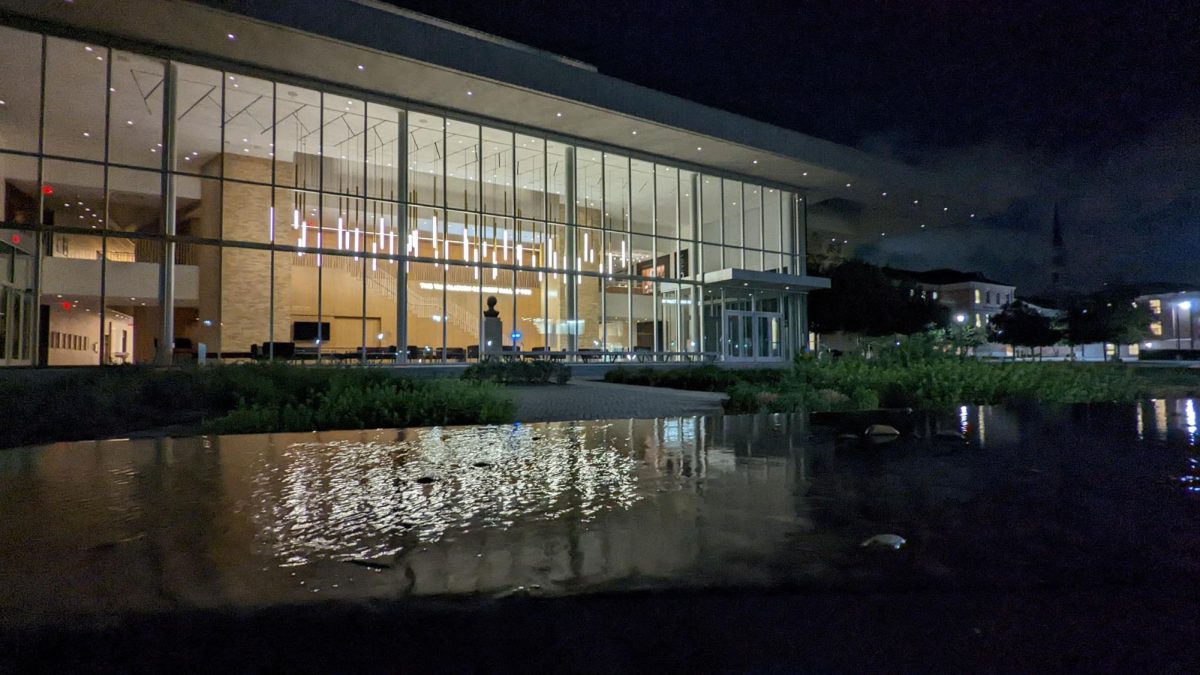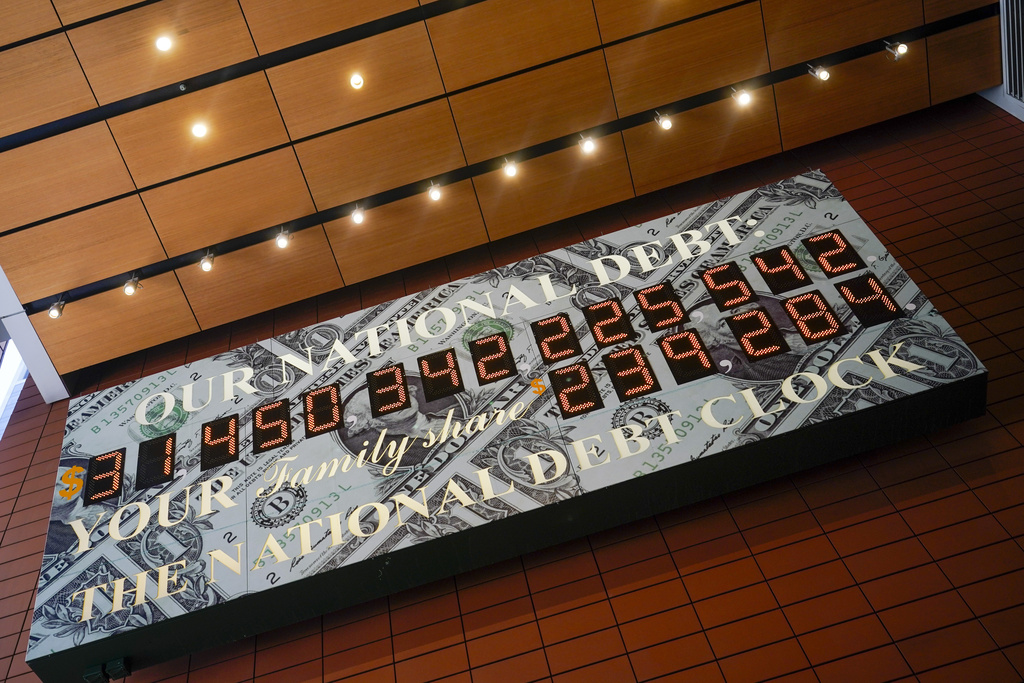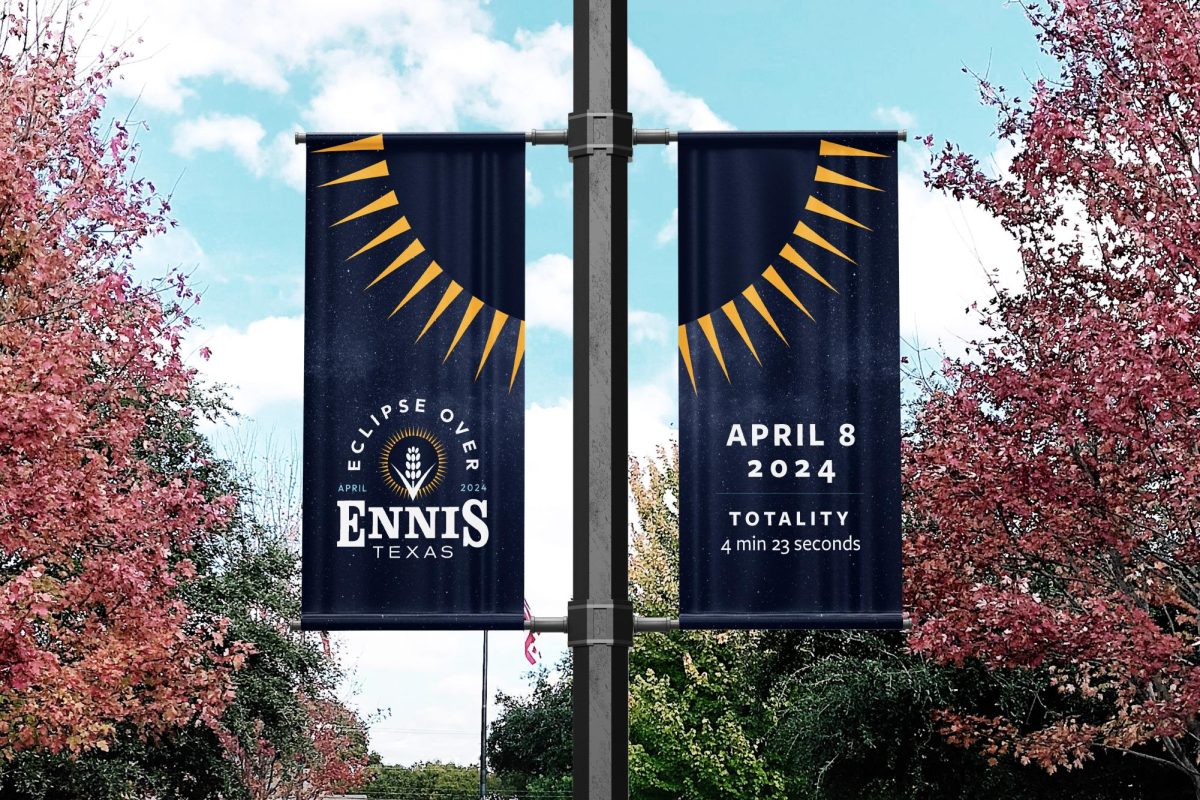Caitlin Cecil rushed out the door, jumped in her car and headed to work.
She didn’t have much time to make it to her job across town as she turned out onto South Hulen Street off Granbury Road. She was heading northbound on South Hulen approaching Southwest Loop 820 when the green light ahead turned yellow too quickly. She sped up to make it through the light and continued on her way to work.
She wasn’t pulled over and she didn’t have to explain herself to an officer for her speedy trip through the intersection, but several weeks later she received her punishment in the mail — a citation for $75 and a photo of her car speeding through the intersection under a red light.
This red light camera, located at the intersection of South Hulen Street and Southwest Loop 820, sits just on the border between the 76109 and 76132 ZIP codes and is one of many issuing citations citywide.
The Fort Worth Red Light Safety Camera Program has grown since the original bill passed in 2007 allowing this form of photo traffic enforcement in Texas. Ten more cameras will go live on Oct. 1 in addition to the 35 cameras already operating in Fort Worth. Although none of the new cameras going live are located in the 109, they still have a significant impact on its residents.
Officials: Safety is the primary concern
The purpose and effectiveness of these cameras is questioned by some residents of the area, however Fort Worth city officials insist that safety is at the forefront of their concern, not the revenue received.
Red light cameras were first installed in Fort Worth after section 707 of the Texas Transportation Code was added in 2007 as part of the Red Light Safety Camera Program. The only red light camera centrally located in the 109 is at the intersection of South Hulen Street and Bellaire Drive.
Despite some opposition on the state level at various points over the past several years, Fort Worth has continued to add the cameras bringing the total to 45 at the start of October.
Kevin Neal, communications officer for the Fort Worth Transportation and Public Works Department, said the use of red light cameras is primarily for the safety of the city’s residents and people traveling on the streets.
"I think it brings the dangers of running red lights to people’s minds more often," he said.
109 residents have mixed opinions
Mallory Burkett, a resident of the Orion at Oak Hill apartment complex in the 109, agrees that cameras as traffic enforcement at intersections across Fort Worth make people more aware of lights when approaching them.
"I think that they can be beneficial because some people don’t look before they cross traffic and wrecks happen, but they can also be a pain," she said.
The “pain” Burkett refers to is that of inaccuracy. She, among others, is skeptical of the accuracy of the cameras as a form of traffic enforcement. She said that several of her friends have received citations for failing to stop at red lights that they do not believe are warranted.
Alison Lovett, another 109 resident, shares Burkett’s concern for accuracy.
"I think it’s something that is probably needed but I don’t think it’s as accurate as they want it to be," she said.
Although some argue that the cameras aren’t completely accurate and fair in issuing citations, Neal said that the cameras used in Fort Worth are effective.
According to the American Traffic Solutions, Inc. website, the cameras used in Fort Worth are among the most accurate available. Each citation issued is accompanied with still photos and a video clip of the incident. By using the pin and citation numbers given on each violation, the accused can log on to ViolationInfo.com and see a 12-second video clip of what the camera saw when it issued the citation.
The cameras, according to the American Traffic Solutions website, will only issue a citation if the video reveals that the car either ran a red light or failed to completely stop when turning right on red. If the tires never stop moving, a violation will be issued.
Fort Worth Weekly reported that the city signed a five-year contract with American Traffic Solutions to set up the cameras. Although American Traffic Solutions installs the cameras and handles sending out the citations, Neal said that transportation and public works crews in Fort Worth are responsible for their maintenance.
"We stand by our system," he said. "They’re known for accurate and dependable monitoring of these intersections. So we certainly feel that they’re accurate."
Contesting red light tickets
For those who still aren’t convinced of the accuracy of the red light cameras, Neal said there is an appeals process that people can go through to dispute their citations.
Cecil insists that the light she went through was yellow, not red, but she isn’t sure she will contest it.
According to fortworthgov.org, the citations issued by the cameras are only civil citations that are not reported to insurance. The fine assessed is $75 which can be paid to the City of Fort Worth and no additional penalties are applied to driver’s licenses.
Neal said that a low percentage of people go through the appeals process when issued a red light camera citation.
"Most people just write a check for $75 and stick it in the envelope and mail it back," he said. "Some do contest it but it’s a very small number."
Revenue benefits
Individually, the $75 fines might not seem that significant, but the number of citations at each intersection is reportedly as high as 14,872, according data supplied by the Texas Tribune website.
The 109’s lone red light camera has produced an estimated revenue of more than $150,000. The city of Fort Worth has seen revenue of more than $1.6 million from red light cameras.
Burkett said she would like to assume that the city’s motivation for the Red Light Safety Camera Program is safety for the residents, but believes that money is probably a big factor.
Lovett agreed: "I think they’re just set up to create additional income. It’s like a speed trap but with a camera."
City says cameras decrease red light running
Neal said that despite the public’s skepticism, the city’s primary objective is safety.
"Certainly we do get revenue from these citations, but our primary concern is safety of Fort Worth residents who are traveling on the streets. Some years back we saw an [increase] in the number of accidents and, in fact, injuries and fatalities that were taking place at these intersections," she said.
Despite the public concern regarding revenue motives and questions of accuracy, Neal said Fort Worth continues to push forward with the Red Light Safety Camera Program.
"We have seen a definite decrease in red light running in those areas that are equipped with red light cameras," he said. "So safety is the primary driver of this Red Light Safety [Camera] Program."
If safety is the primary concern, both Burkett and Lovett argue that certain intersections should have the red light cameras that currently do not.
Some intersections might benefit
One intersection that both residents cited as needing the red light cameras as constant traffic enforcement was the intersection of South University Drive and West Berry Street in the 109.
Lovett said that she thinks the red light cameras should be used in areas where there are students to help enforce traffic laws. However, she also argues that obeying traffic laws is a matter of personal responsibility, whether or not a camera is there.
"People should be responsible because they are adults and they are driving, not because a camera is there," she said. "There is nothing more infuriating than someone running a red light."
Burkett concurred that a red light camera could benefit the busy intersection.
"There is a lot of pedestrian traffic through there," she said. "They need law enforcement there of some sort."
Neal said that the city compiles a variety of data sources when deciding where to install the cameras. He said these sources include police data on accidents occurring at specific intersections, traffic studies done over different periods of time as well as the number of red light violations given out by police officers in a given location.
He said that the program has proven successful thus far and the city has seen a large decrease in the number of accidents occurring as a result of red light running.
"We saw the number of accidents, injuries and fatalities go down," Neal said. "So yes it does generate revenue via the fines system but our primary concern is that of safety for the residents."





